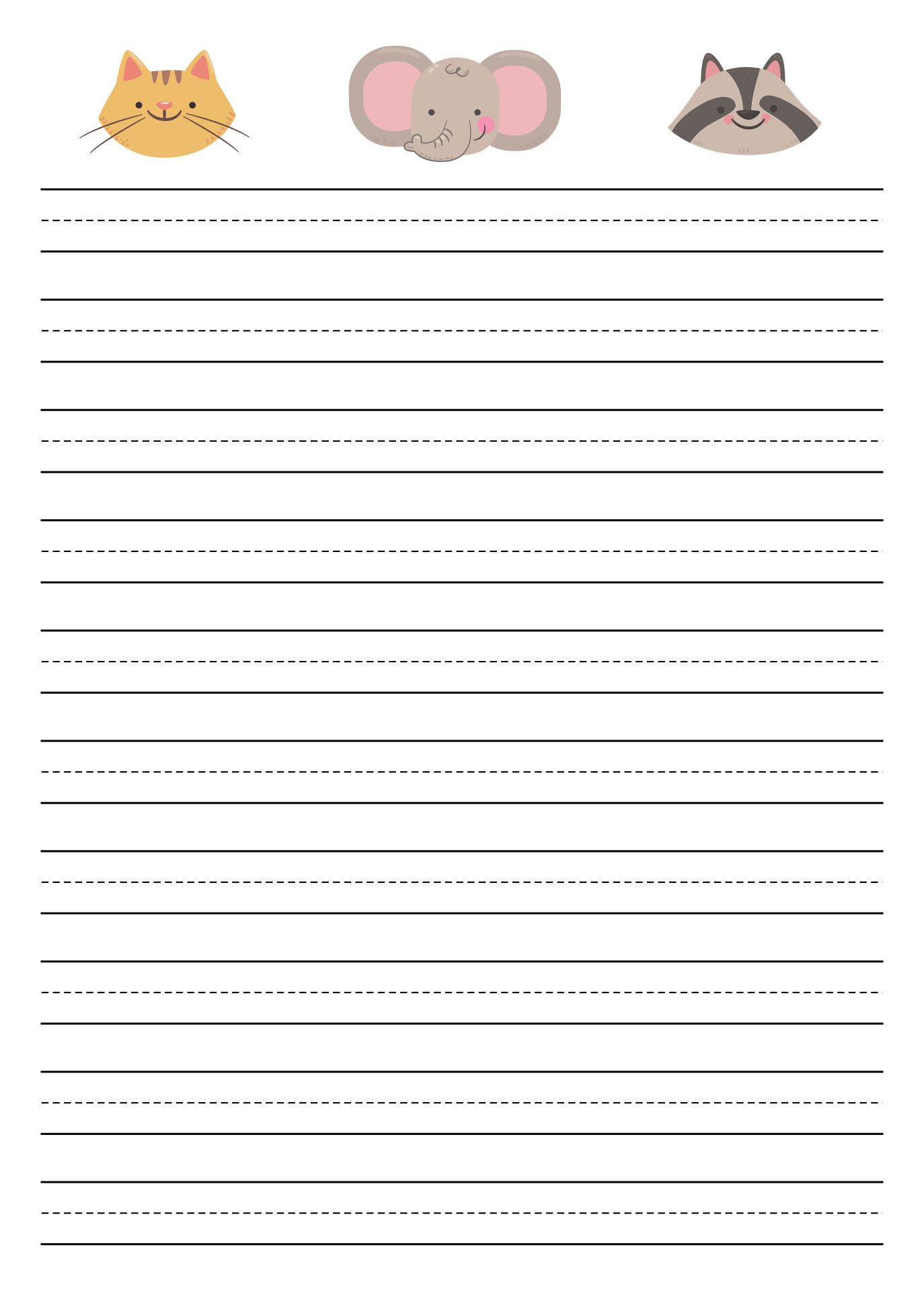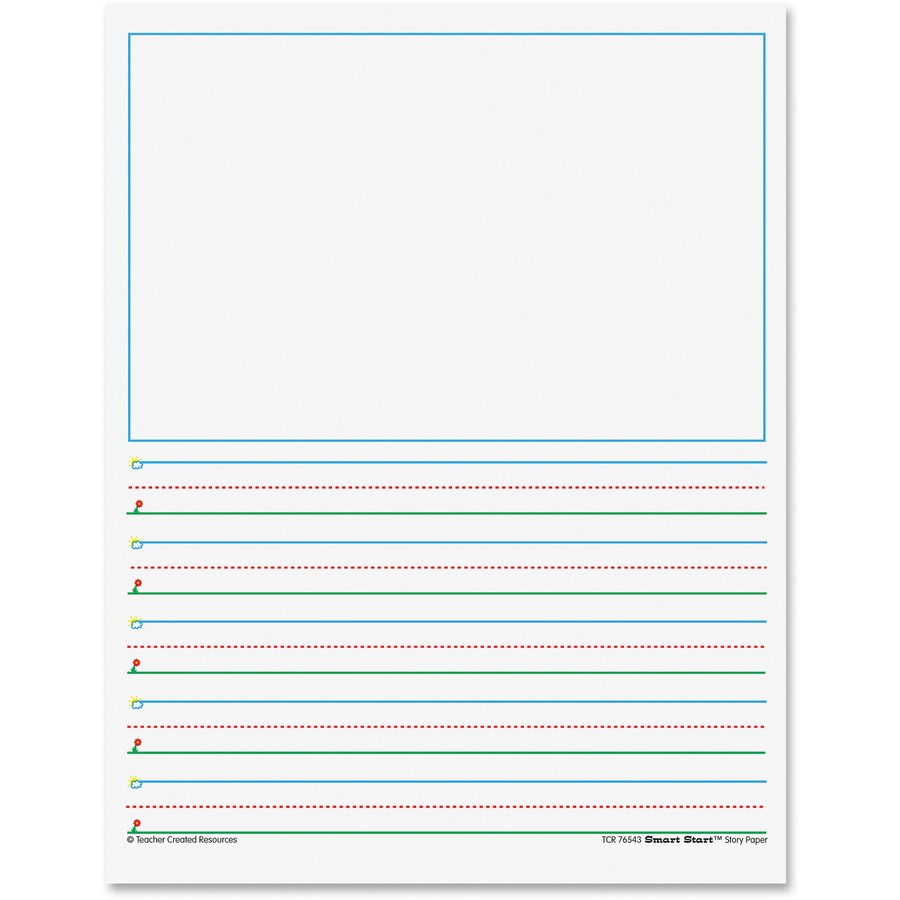

News stories are generally written in the past tense.Example: "We arrested the suspect," Detective John Jones said. In Associated Press style, punctuation almost always goes inside quotation marks.Don't use the first-person "I" in news stories.A news story should be understandable to everyone. A laceration is a cut a contusion is a bruise an abrasion is a scrape. Don't use complicated-sounding words when simpler ones will do.For example, "Firefighters arrived at the blaze and were able to put it out within about 30 minutes" can be shortened to "Firefighters doused the blaze in 30 minutes." Backward constructions are harder to read. Sentences should be kept relatively short, and whenever possible use the subject-verb-object formula.Short paragraphs are easier to cut when editors are working on a tight deadline, and they look less imposing on the page.

Paragraphs in news stories should generally be no more than one or two sentences each, not the seven or eight sentences you probably wrote for freshman English.Writing something like "A fire started in a building last night" doesn't have enough vital information. So if you're writing about a fire that destroyed a building and left 18 people homeless, that must be in the lede. The lede should summarize the story from start to finish.



 0 kommentar(er)
0 kommentar(er)
